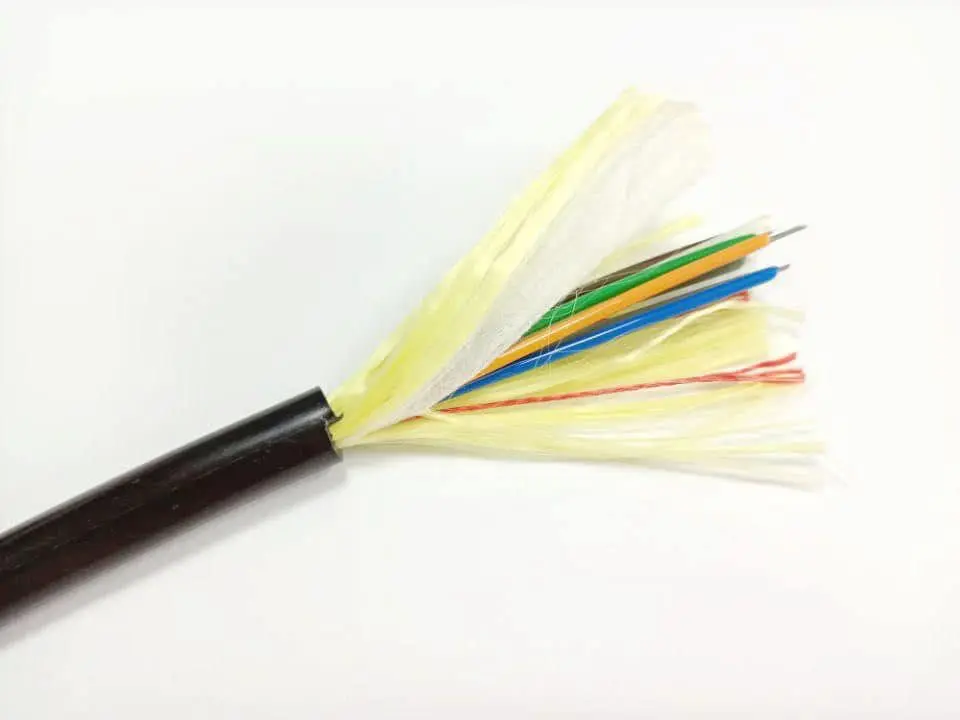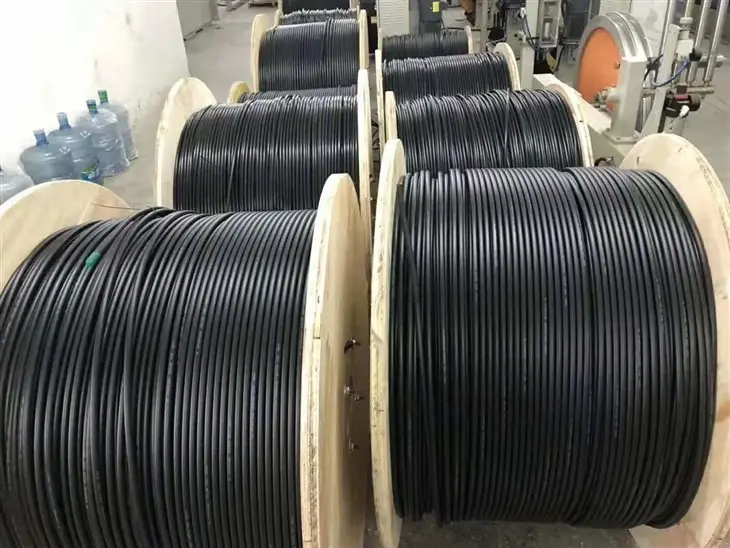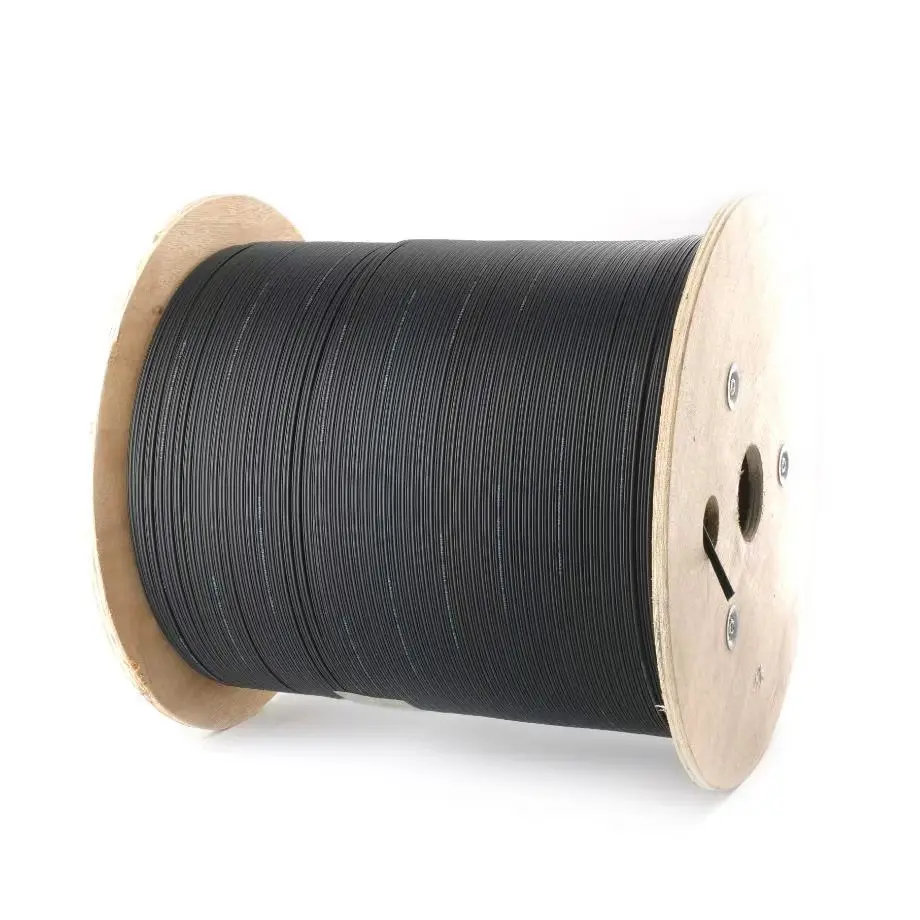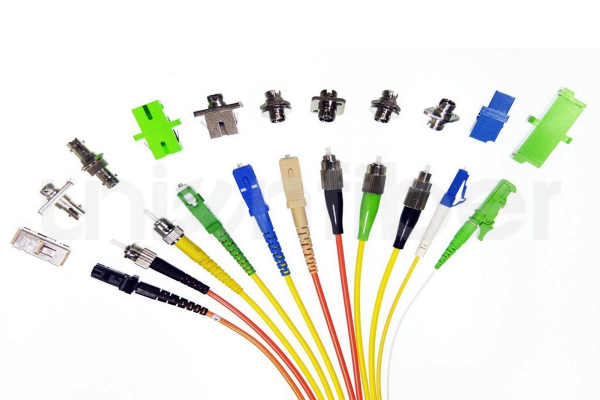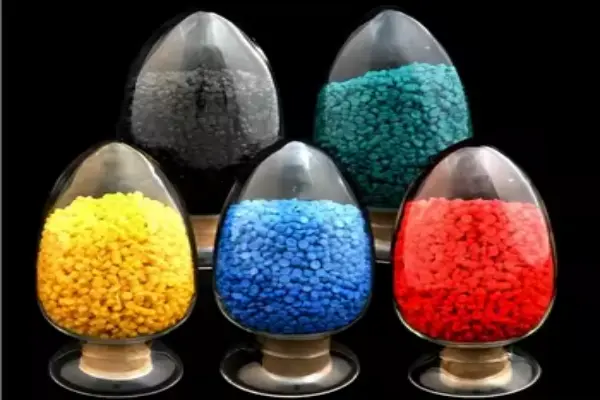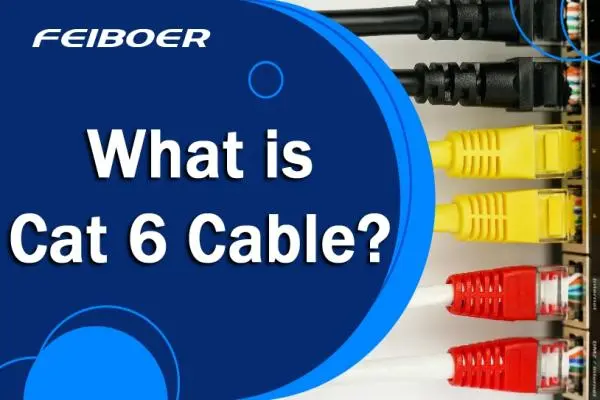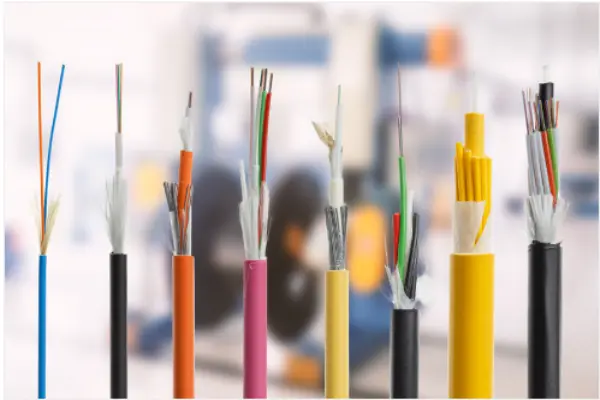What are the construction specifications of leather cable?
Leather cable cable, also known as butterfly cable, 8-word cable, because of its soft, light and other characteristics in the residential building access network is widely used. What problems should we pay attention to in the construction of leather cable? The following is to introduce some leather cable construction specifications.
Leather cable construction specifications:
(1) The type of residential building, environmental conditions and routing of existing cables should be considered before the installation of residential cable, and the economy, safety of construction, convenience of future maintenance and user satisfaction should be comprehensively judged.
2. The existing indoor dark pipe should be used as far as possible to lay the indoor Optical Cable, and the residential building without the indoor dark pipe or the indoor dark pipe is not available should lay the butterfly entry cable by laying the bellows in the building.
3. For residential buildings with vertical wiring Bridges, it is appropriate to install corrugated pipes and floor crossing boxes in the bridge for threading and placing butterfly lead-in cable. If there is no space to install the bellows in the bridge, the butterfly lead-in cable should be wrapped by winding pipe to protect the cable.
4. Because the butterfly cable can not be soaked in water for a long time, it is generally not suitable for laying directly in the underground pipeline.
5. The minimum bending radius of the butterfly lead-in cable should be in line with: it should not be less than 30mm during the laying process; It should not be less than 15mm after fixing.
6. Under normal circumstances, the traction force of the butterfly cable should not exceed 80% of the allowable tension of the cable; The instantaneous maximum tractive force shall not exceed 100% of the allowable tension of the cable, and the main tractive force shall be added to the strengthening member of the cable.
7. The cable tray should be used to carry the butterfly leading-in cable, and the cable tray should be used when laying the cable, so that the cable tray can automatically rotate to prevent the cable from being wound.
8. During the laying of the optical cable, strict attention should be paid to the tensile strength and bending radius of the Optical Fiber to avoid the optical fiber being wound, twisted, damaged and trampled.


